



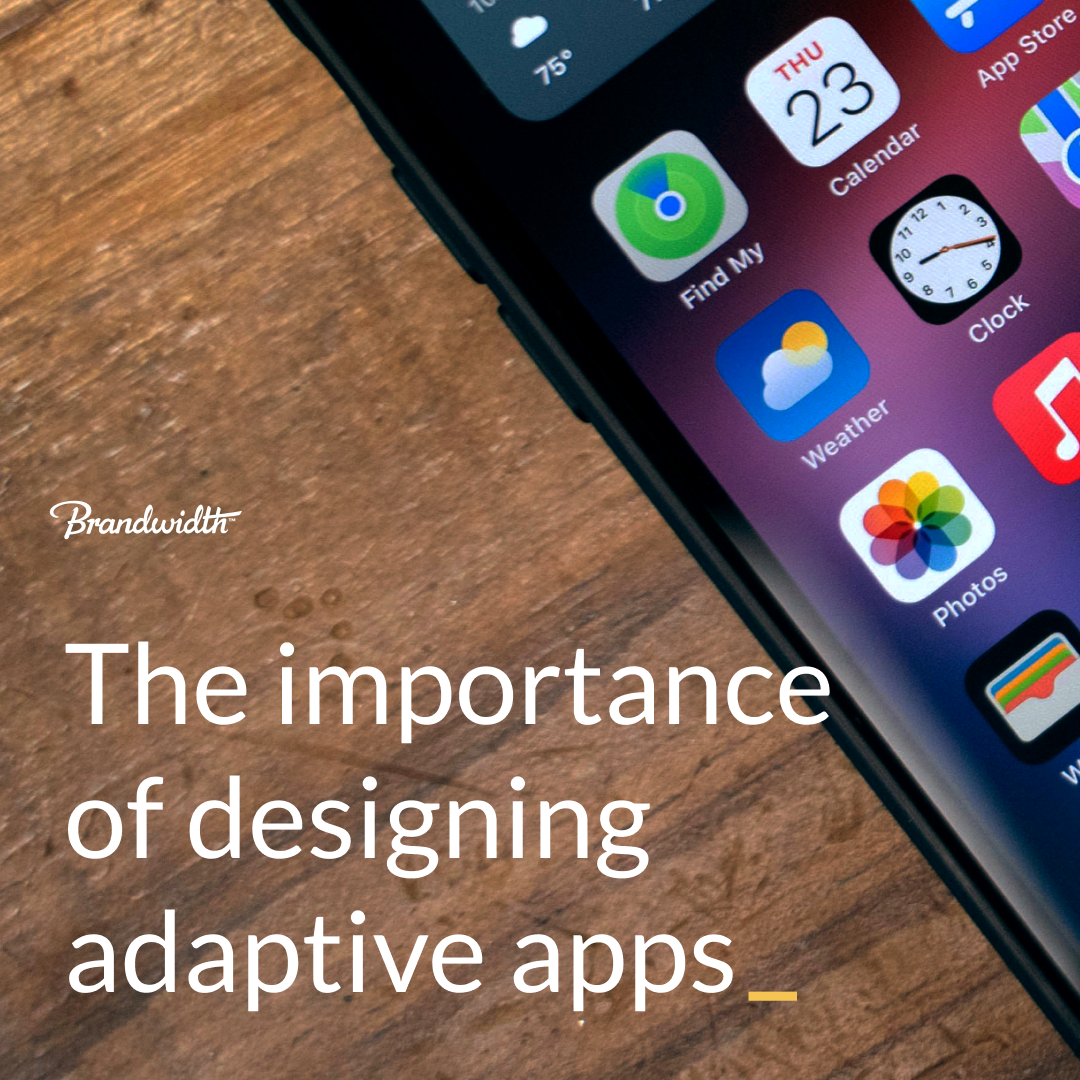


Imagine this, you’ve invested time and money into building a fantastic app, made sure it’s user friendly, looks great and is accessible. However, as soon as a user tries it on a non-standard form factor device (think iPad or Samsung Galaxy Z Fold) it looks terrible, and the user experience is completely broken. This is the frustration many users have as so many apps still aren’t designed with multiple form factors and accessibility features in mind.
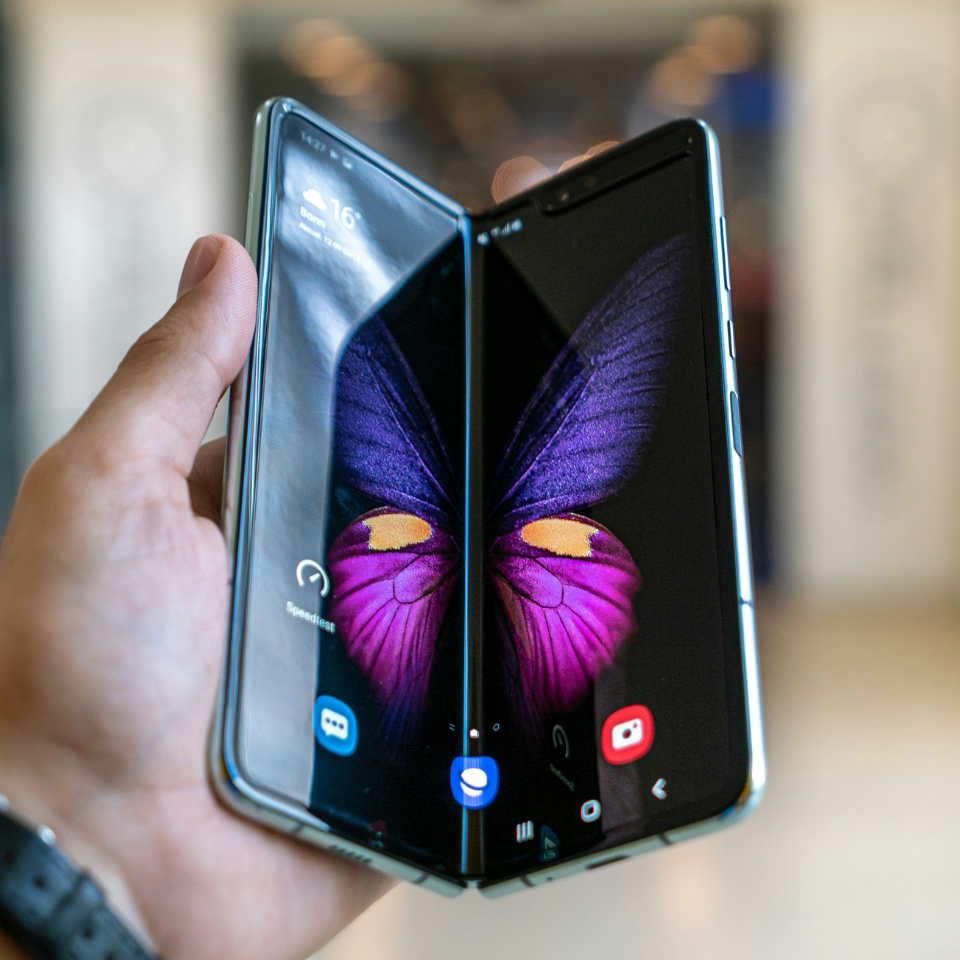
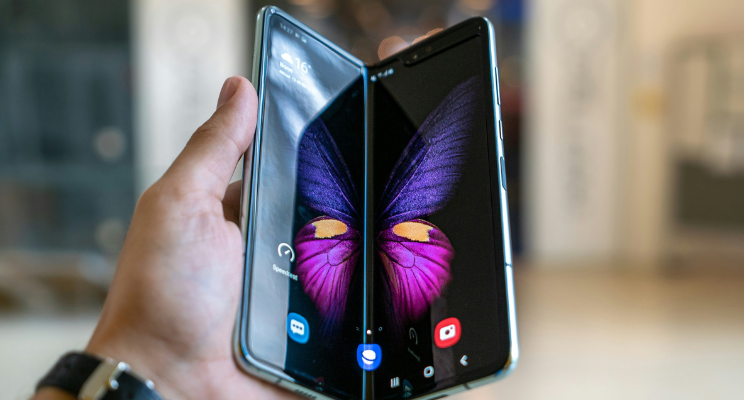
In today’s world with more form factors than ever, including tablets and foldable devices, it’s vital to design adaptive apps. As more and more users take advantage of accessibility features such as variable text size on their devices, users still expect to get the same seamless and beautiful experience when they use these features or access an app on their phone or tablet.
Websites have been ahead of the game in adaptive design, so users are already used to being able to seamlessly switch between devices. When apps can’t do the same, they stand out, in a bad way. Adaptive apps are no longer a luxury but an imperative.
There are so many advantages to investing in creating adaptive apps. Not only can you ensure a consistent experience across devices, but you can enhance the experience by taking advantage of unique features some form factors allow. The larger screen size of tablets allows for more complete interface designs like with the outlook tablet app, which takes advantage of the large landscape formfactor to display a menu, a list of emails threads, and emails side by side, powering users to be more productive.
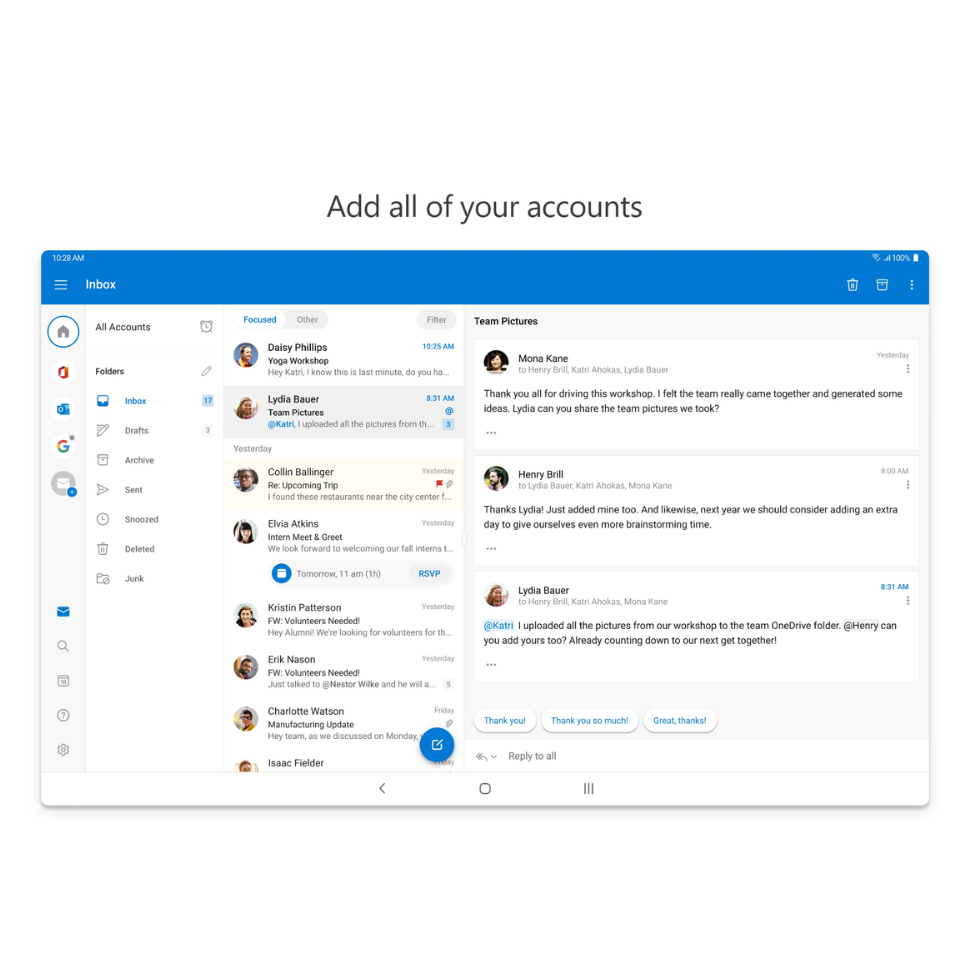
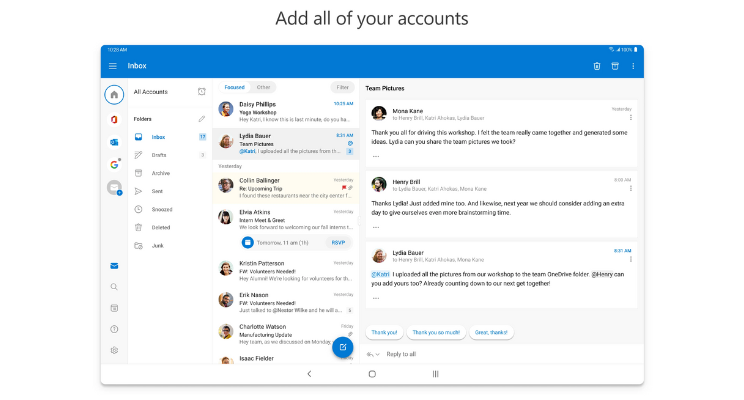
Foldable devices offer an opportunity for creative problem solving. Take the Google Pixel 9 Pro Fold as an example; their new ‘made you look’ feature makes use of the additional screen space to show an attention-capturing cartoon to your toddler to keep them engaged when you’re trying to take a picture of them.
It’s not just about accommodating different screen sizes and form factors. By ensuring accessibility for all users by designing your app to work with adjustable text sizes and high contrast options, you create a more inclusive environment and broaden your potential customer base. Research conducted on 1.5 million iOS users found that around 33% of people change the font size on their phones, meaning an app not able to accommodate dynamic text could alienate around a third of users.
Adaptive design also means you’re future proofing the app, by having an app that responds intuitively to different screen sizes and form factors, you’re a step up on the competition in supporting newer screen sizes and shapes.
Accommodating accessibility options, embracing the diversity of devices, and staying ahead of the competition will be appreciated by your users and will foster customer loyalty. Spending time developing apps the right way today will pay off in the future. Get in touch learn how we can help you make a future-proof, accessible app that will be loved by your users.
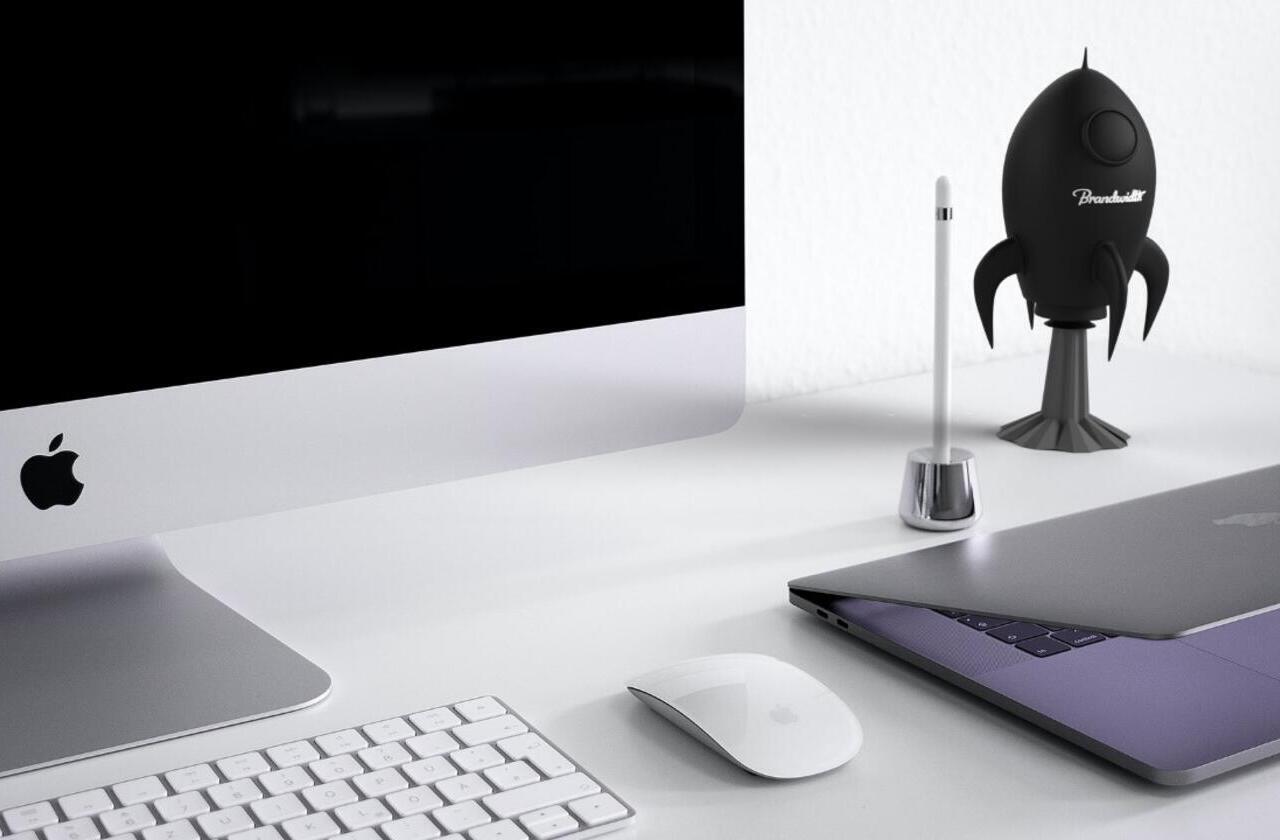

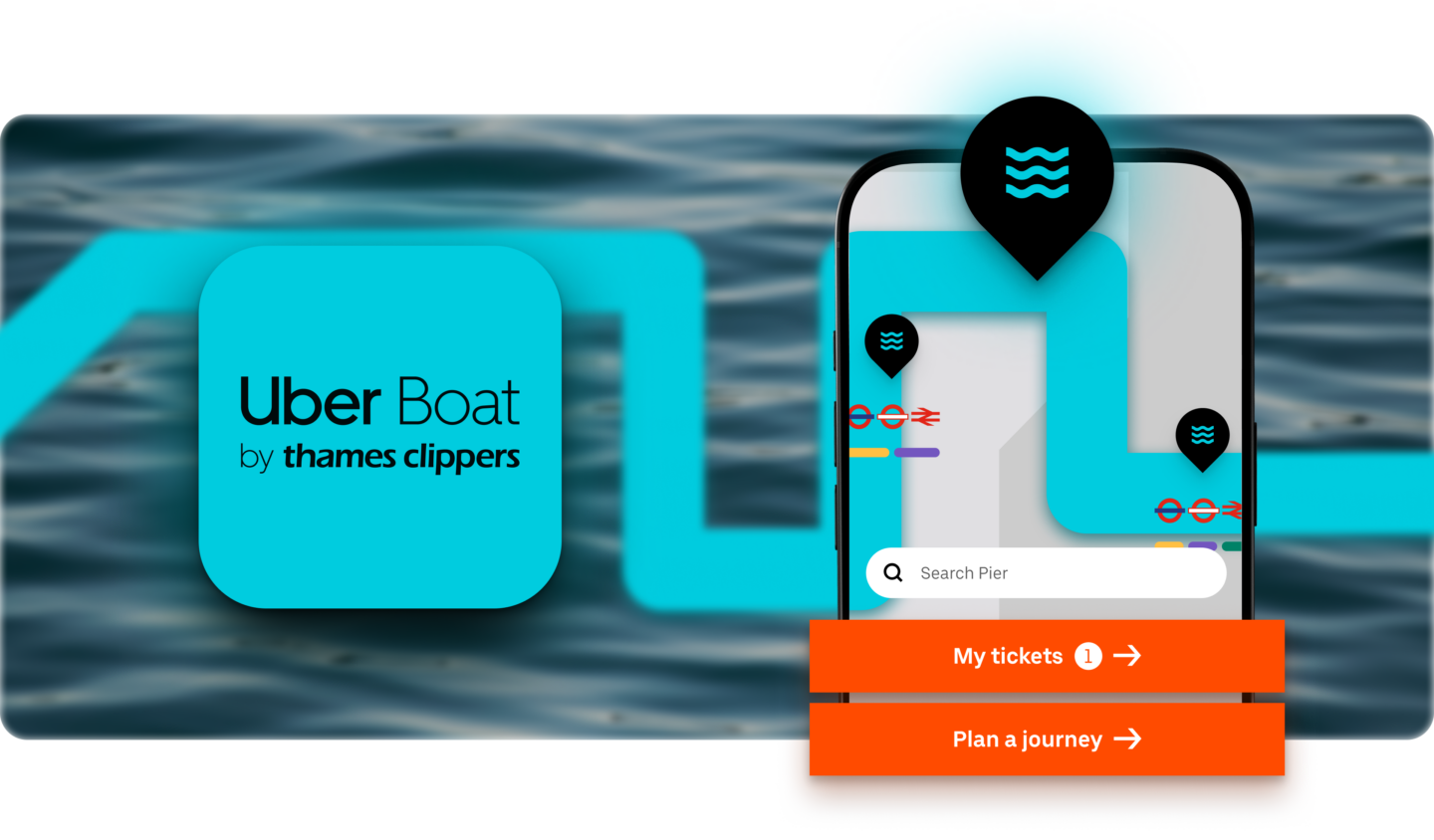
Connected commerce that scales. We design, engineer, and enable seamless ecosystems that connect channels, people, and performance, and convert across every touchpoint.
Learn more